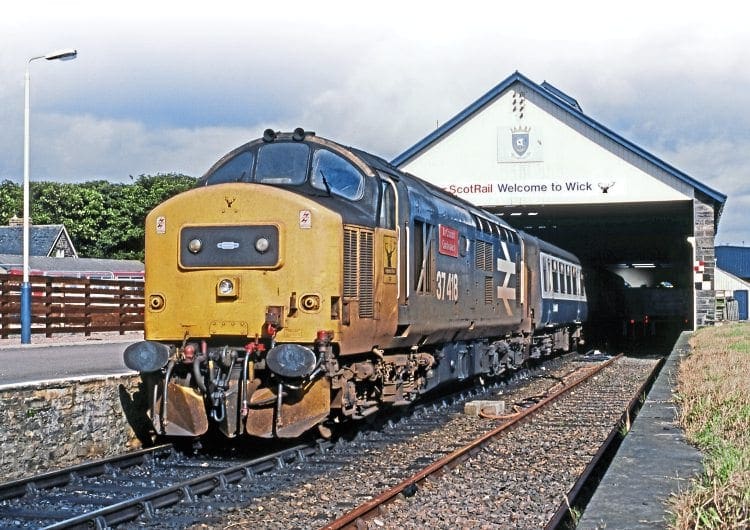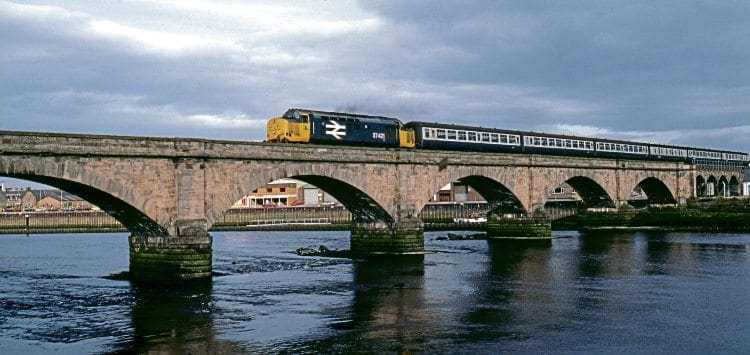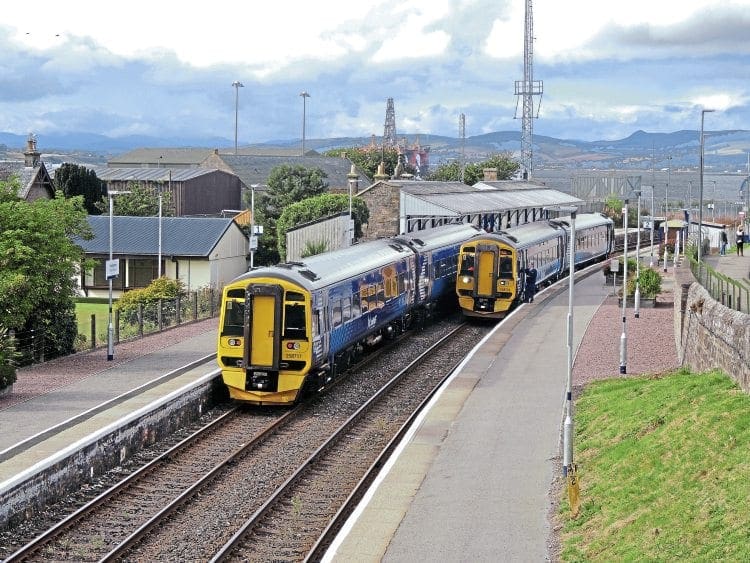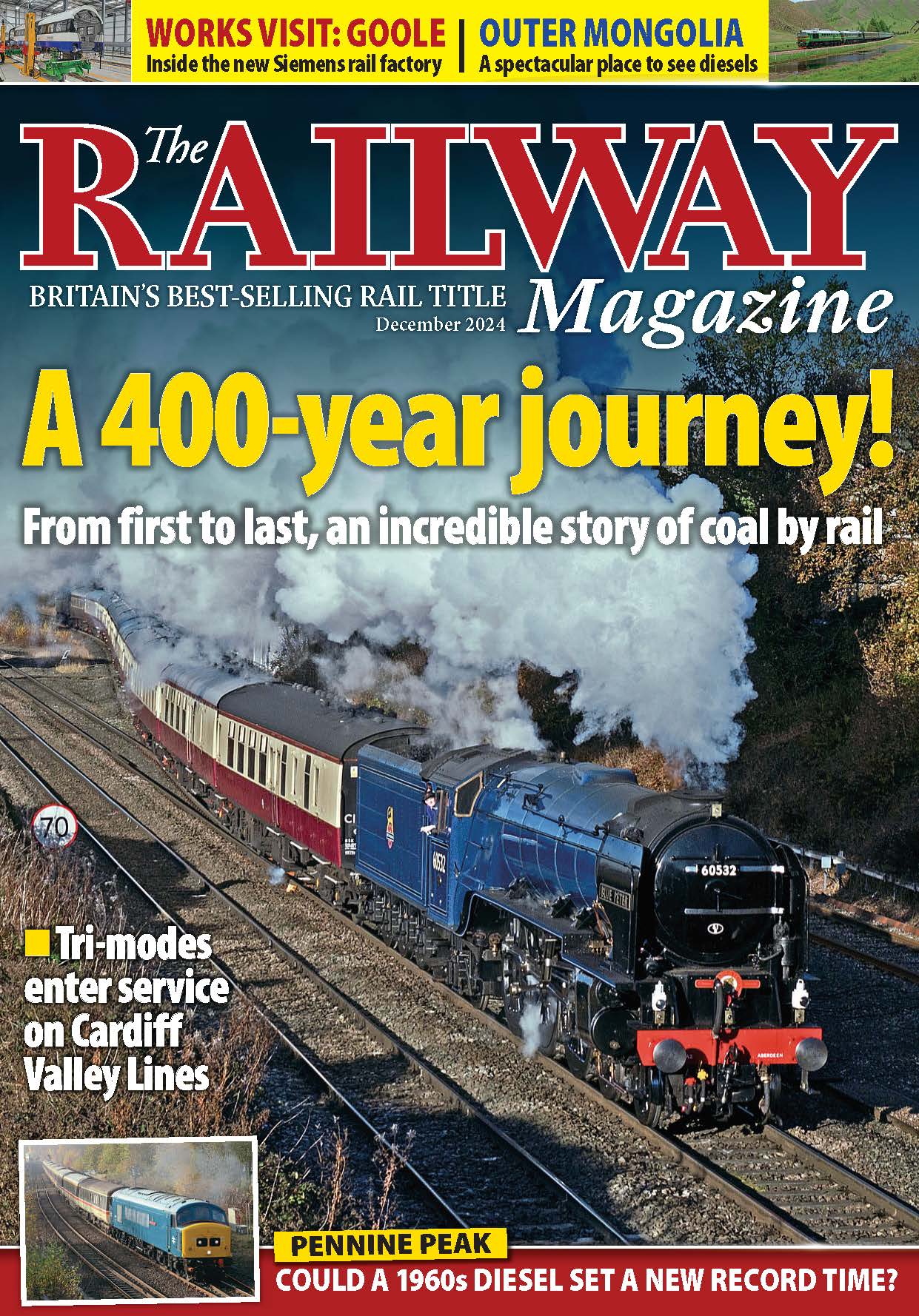The May Practice & Performance looked at the ‘Black Fives’ north of Inverness in the 1950s. Keith Farr now reviews the work of diesel locos and diesel multiple units over the heavily graded route to Wick and Thurso.
BY 1962, the Highlands were almost steamless; yet one soon became used to the soporific ticking over of a Sulzer Type 2 at the ‘country’ end of Inverness station’s left-hand prong, mingling with the cries of gulls to give promise of another enthralling journey to Caithness or the Kyle.

It was on July 5, 1965, that a young Martin Barrett joined the 06.10 from Inverness to the Far North, comprising five coaches and three vans grossing 270 tons and headed by Derby-built No. D5120.
The closure of 20 stations in 1960 had resulted in some end-to-end acceleration (RM May) and the diesels brought further speed-ups, with the limited-stop and short-lived ‘Orcadian’ reaching Wick in four hours flat from 1962.
Monthly Subscription: Enjoy more Railway Magazine reading each month with free delivery to you door, and access to over 100 years in the archive, all for just £5.35 per month.
Click here to subscribe & save
By 1964, the 5.00pm from Inverness was reaching Thurso in 4hr 10min with the usual stops; but this was before ‘open’ level crossings and other constraints increased journey times by up to half-an-hour.
The late Martin Barrett was a leading light in the Railway Performance Society (RPS) and his logs were always detailed and accurate, the summary in Table 1 doing scant justice to the original.
Once over the Caledonian Canal swingbridge at Clachnaharry, his 1,160hp Bo-Bo made a reasonable pace alongside the Beauly Firth, turning from west to north before Muir of Ord, where the short 1-in-100 reduced speed from 51 to 44mph.

After touching 66 downhill to the Cromarty Firth, they were at Dingwall on time to the second. Indeed, the Inverness to Dingwall section was quicker than in 2017 because trains now serve three intermediate stations, closed in 1960, but since reopened.
Picturesque
D5120 also enjoyed a non-stop run from Dingwall to Invergordon, passing through Alness, to be reopened in 1973. It failed to keep exact time on to Tain; but a steady 55-60mph alongside the picturesque Dornoch Firth shaved the booking to Bonar Bridge (renamed Ardgay in 1977) by half-a-minute.

The first real test came after crossing the Oykell viaduct into Sutherland to face the sharply curved 1-in-72 up to Lairg. However, the request stop at Invershin was not required, enabling D5120 to attack the grade at about 30mph from which speed fell almost imperceptibly to 27½ at milepost 64, doubtless with Sulzer snarl amplified between the rock cutting walls.
Read more in the September issue of The RM – on sale now!




